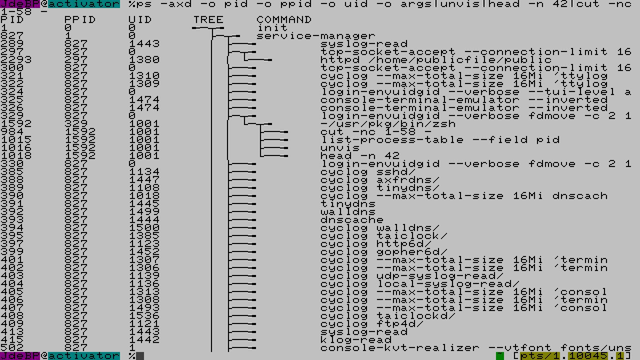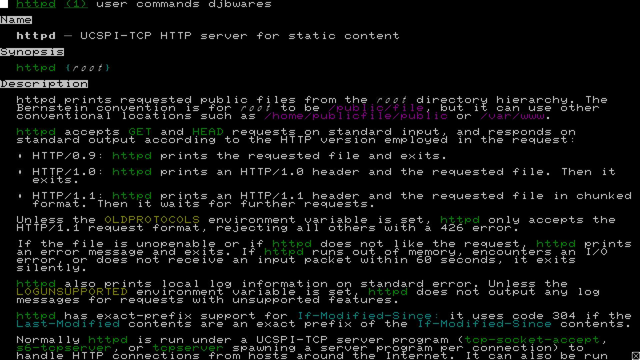A #nosh user-space virtual terminal being realized onto the HDMI display of a #RaspberryPi running #NetBSD.
The realizer is console-kvt-realizer, and the framebuffer was dumped to PPM format with framebuffer-dump (to be converted to JFIF using netpbm tools). The login screen is a ttylogin@vc3-tty service, managed by service-manager, and using login-envuidgid.
Yes, it is being multiplexed with two others, and has an input method layered on top.






